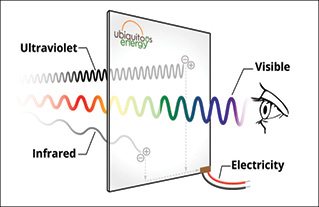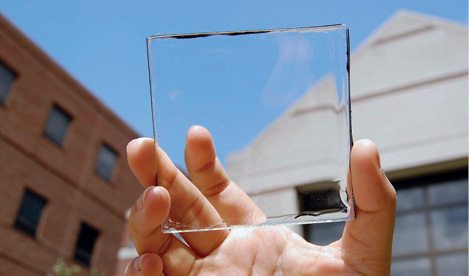What it can power. Consumer electronics, automobiles, homes, small industries, telecom infrastructure, transportation communication networks, flight guidance systems, and security and surveillance systems, among others.
How it works. Modular fuel cell systems help in powering distributed infrastructure like telecom systems. Intelligent Energy’s 305 fuel cell system is based on hydrogen-fuelled, proton exchange membrane (PEM) fuel cell technology. It is modular and completely plug-and-play, which enables quick and easy upgrades as power requirements at the site increase. The 305 fuel cells can draw hydrogen from wind, solar and biomass installations, hydrocarbon reformation at refineries and other industrial sites and by-products from other industrial processes.
High-performance fuel cell platforms for automobiles are also available, ranging from 1kW to greater than 100kW. These solutions generally fall under two modular architectures: air-cooled technology that uses cathode air cooling to manage the thermal balance of the fuel cell and evaporatively-cooled technology that utilises the heat of vaporisation to manage the thermal balance of the fuel cell.


However, the most exciting news is the entry of hydrogen cells into a space that was not commonly associated with it in the past, namely, consumer electronics. The fact that Upp, a fuel cell charger that uses Intelligent Energy’s unique portable hydrogen cartridge, has been placed on the shelves of Apple stores in the UK is a clear sign of its arrival. Unlike normal batteries that need to be charged from the grid, hydrogen cartridges in Upp do not need pre-charging, which enables Upp to give instant and continuous power from the moment it is plugged in.
Hydrogen cartridges for portable consumer electronic fuel cell devices can store hydrogen or generate it. Cartridges that store energy usually use metal hydrides, which are chemicals that absorb hydrogen like a sponge and release it when required. These fully-recyclable chemicals can be refilled from pressurised gas bottles. Hydride cartridges would generally have a metal alloy to store hydrogen in solid state.
On the other hand, a hydrogen cartridge can also generate hydrogen on-the-fly from a number of compounds that react readily with water to produce gaseous hydrogen. This method is considered more advantageous because the materials used have a low environmental impact when discharged, and so the cartridges can be made disposable.
Sugar-powered battery
A sugar-powered bio-battery is a sweet proposition, indeed! Last year, researchers at Virginia Tech, USA, reported in Nature Communications about their new bio-battery, which is capable of storing ten times more energy than a lithium-ion battery of the same size. The best part is that, recharging the battery just involves adding some more sugar to it.
What it can power. Smartphones, tablets, electric cars and practically any device that currently uses lithium-ion cells.
How it works. Like other types of fuel cells, the battery breaks down the fuel to release energy. In this case, that fuel is partially-digested starch, which is present in high-energy plant based foods such as potatoes. The starch is broken down into a complex sugar called maltodextrin (a commercially-available sweetener), which is further broken down by a chain of 13 enzymes.
This process, interestingly, releases a stream of electrons. As explained in a press report by Y.H. Percival Zhang, professor of biological systems engineering at Virginia Tech, all electron charges stored in the sugar solution are released slowly, step-by-step, by using an enzyme cascade. This generates a current capable of powering electronic devices.
The sugar solution that fuels the new bio-battery is cheap, safe and easily refillable. The main by-product of this process—water—is also super eco-friendly. So, in more ways than one, this sugar based battery holds a lot of promise. The team hopes to have it ready for commercial use in around two to three years.










